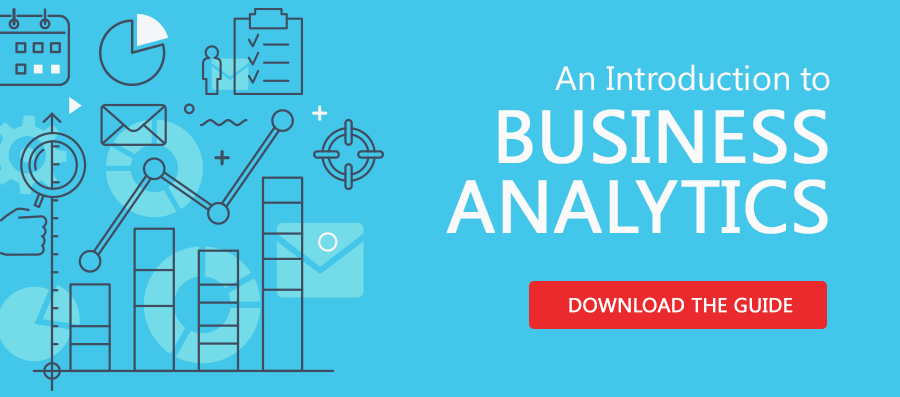The value of predictive analytics allows companies to view the history of a seasonal product’s raw materials, for example, and predict how procurement needs to source the upcoming season’s inventory. Procurement gets a win for reducing costs, but the company doesn’t necessarily benefit if the product has overall lower margins than other SKUs, which could have been promoted.
Prescriptive analytics — the form of analytics that is helping transform what it means to have an optimized supply — provides the computational power for multi-dimensional data from silos across the enterprise.
In the past, optimizing the enterprise hasn’t always been feasible, partly due to:
- data access
- the wrong technology
- lack of skilled operators
- silo protection
However, that is changing, especially when it comes to an SCO solution.
The current surge in retail e-commerce revenues is predicted to grow by more than 30% in the next several years, making SCO a necessity. And it’s not only the evolution of channel formats that has companies recalibrating to compete and maintain market share. Consumer trends in a robust economy are driving companies to operate with more precision and speed. Take a grocery store aisle that traditionally stocked three brands of peanut butter. Today, that same grocer may stock 10 brands of peanut butter based on demand — many at a premium price.
Research reports show that the majority of elite supply chain leaders are using prescriptive analytics, forcing the other 75% of mid- to large-size companies relying on spreadsheets to meet the changing landscape since spreadsheets cannot be optimized.¹
“Being able to re-assess feasible options and quickly adjust pricing, promotions, and volumes is critical,” says Robert Kugel of Ventana Research. If companies want to remain competitive, they need to move beyond spreadsheets for balancing trade-offs.
SCO: Making Trade-Offs for Profitability
The ability to view and analyze operational and financial data simultaneously — both constraints and objectives — plus leverage the power of forward-looking prescriptive insights is transforming supply chain optimization. Why? Because it’s the only way that decision-makers can see the real-world impact of how decisions impact company-wide profitability. It’s why SCO is steadily gaining momentum, with significantly broader uses and a substantially higher ROI.
Prescriptive analytics use in mid- to large-size companies is on track to more than triple in the next few years. ¹
With proper decisions on trade-offs, companies can unlock millions of dollars of value, according to Aaron Berg, Vice President of River Logic. Berg has worked with more than 100 industry giants’ complex supply chains and viewed first-hand the results of trade-offs doing “A” versus “B,” or “A” versus “B” versus “C” and so on.
Berg says that many companies often interchange SCO with other disciplines, such as logistics, supply chain management, and supply chain planning.
The differences?
- Supply chain management tracks the current supply chain details.
- Supply chain planning records the execution of details.
- Supply chain optimization is the decision-support tool that uses mixed-integer optimization to find the optimal plans of action, given the many complex constraints, objectives, and variables across a value chain.
Early implementations of optimization tools limited its use to specialized areas of the company, such as transportation. Optimization exercises were also infrequent. The programming that was needed to change a model's underlying assumptions was so time-consuming that it couldn't be done regularly; this caused the model to fail at representing quick-changing business conditions without requiring massive, dedicated resources to update the model.
For successful results, SCO needs to operate as an ongoing process. Robert Kugel, a specialized analyst at Ventana Research, said, “Being able to re-assess feasible options and quickly adjust pricing, promotions, and volumes is critical.”
What Lies Ahead for Supply Chain Optimization?
With the increased use of SCO addressing today’s complexities, Berg identifies four essential considerations for implementations ahead:
- Integration
- Performance management
- Less complex technology
- Change management
Optimizing the supply chain and then integrating the decisions back into plans of action is crucial. Also, validated financial statements are key in the underlying optimization models. Assumptions aren’t enough to know how a supply chain incurs costs and earns revenues.
For checks and balances, performance management is necessary, and technologies like River Logic make performance a part of the ongoing SCO process. This capability ensures companies’ assumptions are on target. Additionally, data visualization allows companies to drill down into the variances and see where to make adjustments. Understanding the drivers of optimized recommendations is crucial, helping companies better understand their business.
Supply chain optimization is no longer about individual tools that solve individual problems. It's about seeing the bigger picture and making bigger changes, then making a bigger impact on the business through the supply chain. The technology is ready to go; now is the time to use it.
- Aaron Berg, Vice President, River Logic
Forward-thinking SCO solutions also reduce the operating complexities and eliminate the need to know how to program, giving more stakeholders collaborative access on strategic, operational, and tactical planning.
More than half of companies surveyed by Ventana Research say they have limited or no ability to understand complex trade-offs across their supply chain. Companies are still too focused on optimizing performance on a per-business-unit basis rather than considering cross-functional performance improvements.¹
With respect to preparing optimized supply chain plans, Kugel notes that the best result is almost never achieved when the process consists of each unit applying simple rules to optimize its own performance.
But how does a company move siloed optimization to true, end-to-end supply chain optimization?
Change management in supporting trade-offs is essential. Larger consulting firms usually possess the project plans necessary to help existing businesses process SCO, providing transformational change. However, it takes executive-level support to affect change, too.
With the focus on optimizing the supply chain end-to-end, companies need an end-to-end prescriptive analytics solution that can engage in an ongoing process. The solution must financially validate end-to-end models of the business and integrate operational and financial constructs and decision-making.
¹Supply Chain Planning with Prescriptive Analytics, Ventana Research, 2018.








